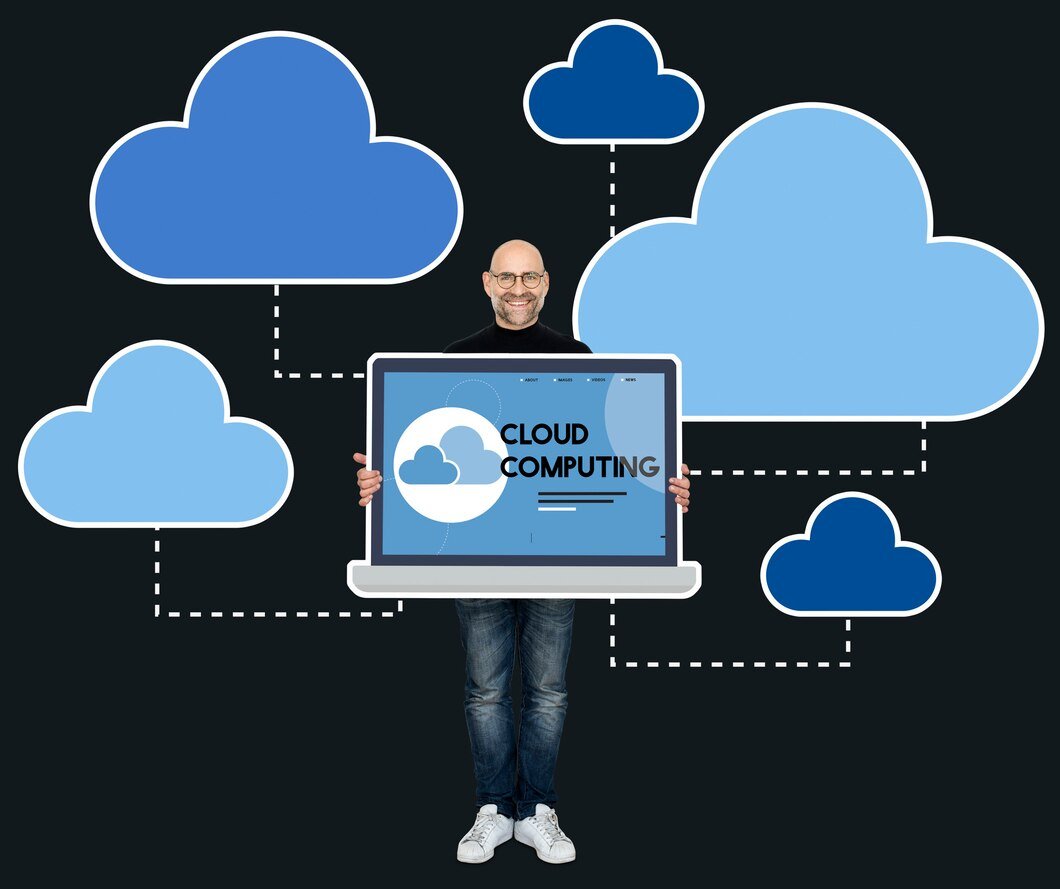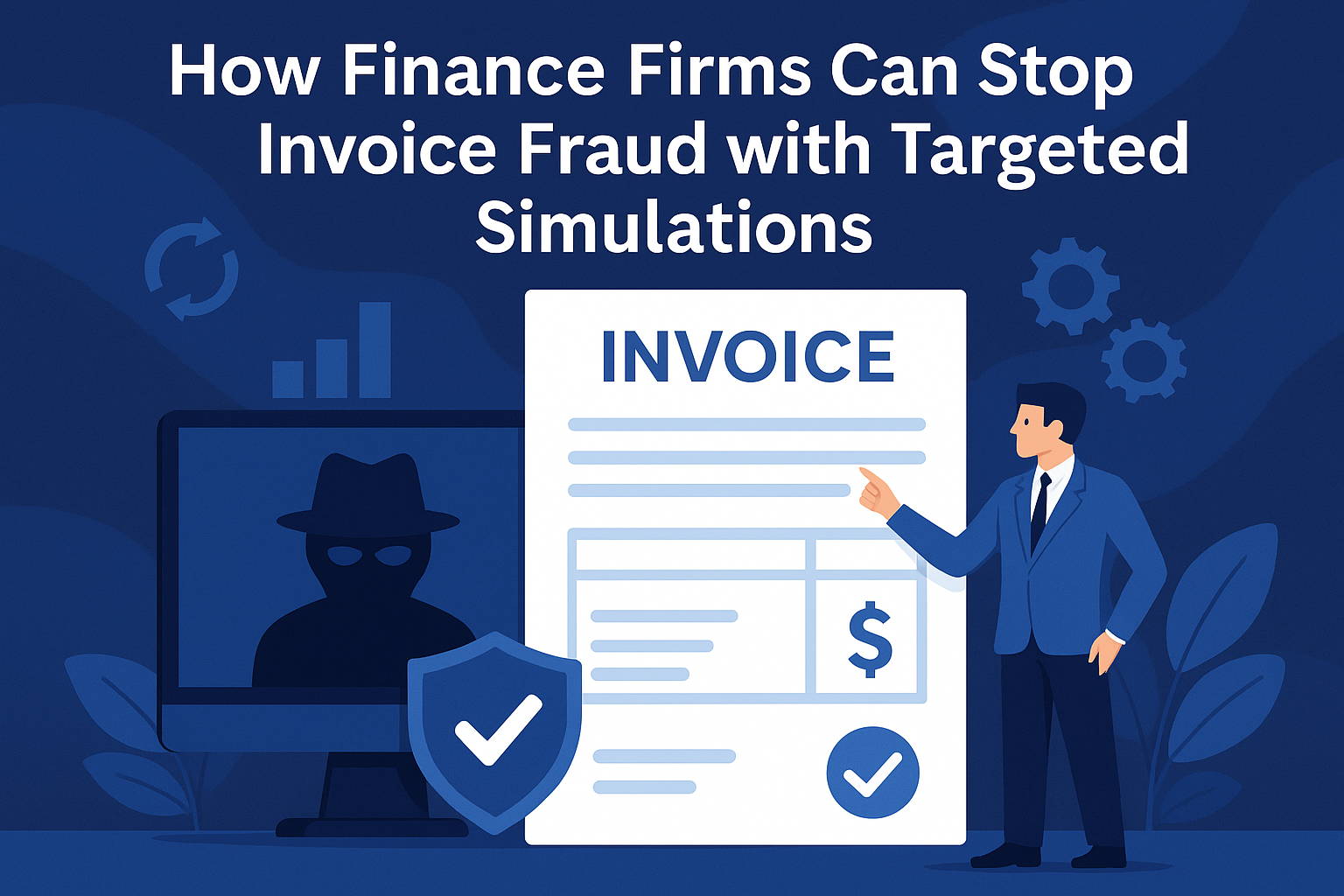Business
Cloud Computing for Beginners: Getting Started with Cloud Services

Understanding Cloud Computing
Cloud computing is rapidly changing the way data is stored and accessed as well as its management. It is a term that includes such a broad range of services and technologies as computing resources available via the Internet. Regardless of whether you are a technology geek or an organizational worker, mastering the concepts of cloud computing fundamentally expands one’s possibilities in a number of ways. The remainder of this blog post will help you introduce and get into a basic understanding about cloud services.
What is Cloud Computing?
Cloud computing means the provision of services through the World Wide Web so that its clients can access for example storage space, computation power or software. Cloud computing eliminates the need for these services and resources to be physically present in the same location as the user or owned by the specific user. The move has various impacts for business and consumers, mainly flexibility, easy expansion, and cost efficiency.
Challenges of Cloud Computing
Cloud computing has up to date introduced drastic changes to the overall IT structure. Companies do not need to spend a lot of money on tangible equipment and applications anymore. Thus, they can use cloud services to expand their operations at a fast pace and with sparing costs. It is essential for beginners to have such a shift as a basis since it emphasizes the significance of cloud computing in the current world.
Types of Cloud Services
Cloud services can be broadly categorized into three types: IaaS, PaaS and SaaS which stands for Infrastructure as a Service, Platform as a Service and Software as a Service respectively. Every kind has a different level of control and adaptability, and it satisfies people’s requirements in some specific context.
Infrastructure as a service, often called IaaS.
IaaS entails outsourcing the use of computing infrastructure through the Internet for the delivery of computing resources. This encompasses Virtual Machines, Storage, and Network. Users can manage the operating systems and applications of the these virtual resources. This is due to the simple fact that IaaS is perfect for enterprises that are seeking for a that is cheaper in relation to the implementation of their own IT structure.
Platform as a Service (PaaS);
PaaS provides a space to the developers to build, test and to run applications without concern about the hardware environment. Development tools, database, and middleware are some of the components of middleware tier. The PaaS provides the infrastructure and environment out of the way for the developers and empowers them to work only on writing code and building applications.
Software as a Service (SaaS)
SaaS gives its users access to software applications through the internet via a browser. There is no necessity for the software installation and continual updates on the users’ devices. SaaS applications are very diverse, and it is applied for email, CRM solutions, and collaboration platforms.
Benefits of Cloud Computing
Cloud computing has several advantages, and for this reason, it attracts the interest of both business people and users. Knowing these benefits, one can get an idea of why cloud services are so important and useful to start with.
Scalability
Scalability is perhaps one of the most profound benefits that occur to organizations that opt for cloud computing. The resources used in business can also be easily grown or shrunk depending on the needs of the business. These flexibilities enable organisations to address fluctuations in demand within a particular level of the business without much capital outlay in actual structures.
Cost Savings
With Cloud computing, the cost of investing in physical hardware and software is done away with since the service provider handles these costs in advance, giving theCloud consumer a pay-as-you-go model to use. However, in this case, firms purchase the resources they consume in the form of a subscription. These include the pay as you go model, which poses a great deal of prospect in cost cutting, mainly for new generation business organizations and newly established companies.
Accessibility
Cloud services are services that you can access through a web browser from any geographical location that provides internet access. This is to guarantee that employees can work from home or even carry out collaboration online. To the beginners, this means that the platform they are choosing has to allow them to learn and work from any location.
Security
To ensure that information is safer in the cloud, most dependable vendors give much weight to security systems. This applies to encryption, installation of firewalls, and the constant updating of the security of the systems. Users and providers both play their part in security but cloud services can help in improving data security.
Getting Started with Cloud Computing
While it may be easy for an organization to get started with cloud computing, it can be quite a challenge particularly the first time. But where you take the right measures, direction and materials, you can easily work at the speed you want. As hinted, one efficient medium of entry is by taking a cloud computing class.
Selecting an Option in Cloud Computing
An online course on cloud computing can give the ability to learn systematically and retrieve basic knowledge and skills. Some of the criteria when choosing a course include what the course teaches, for how long, and who is offering the course. Search for classes that supplement theory with those labs and encourage the creation of projects which reflect real-life situations.
Signing up for a Cloud Service
First, there’s a need to register with a cloud service provider, in order to use the cloud services. Some of the well-known CPs are AWS, Microsoft Azure and Google Cloud Platform. All providers, in addition to their paid services, provide free services; this enables new users to begin using cloud services for free.
Exploring Cloud Services
Once you register, take some time in understanding the various services being offered by the various providers you select. Understand how the management console works, and try out some crude services including virtual machines, storage, and database. Most of the providers also give tutorials and documents that could assist amateur users.
Web Hosting
Web applications and websites can best be hosted on the cloud services. Cloud infrastructure enables the deployment and management of your website without much of a challenge. End-users get flexible hosting solutions from cloud providers, accommodating the websites’ traffic flow without sluggish operations.
Data Storage and Backup
Cloud storage solutions provide a reliable and secure way to store data. You can use cloud storage to back up important files, ensuring they are protected against data loss. Additionally, cloud storage makes it easy to share files and collaborate with others.
Application Development
For aspiring developers, cloud computing offers a robust platform for building and deploying applications. PaaS solutions provide all the tools you need to develop, test, and launch applications quickly. Experimenting with cloud-based development environments can enhance your skills and boost your productivity.
Future Trends in Cloud Computing
The field of cloud computing is relatively new and is in the state of development that means new trends and technologies appear from time to time. To some extent, it can be beneficial for those who want to invest their money in real estate to know what these trends are so that they can be aware of and perhaps be in a position to adapt to whatever trends there are in the market.
Serverless Computing
Server-less computing or FaaS, is a method of deploying applications that involve function as a service basically meaning that the cloud service provider handles the back-end infrastructure. This approach does away with the need to tackle technical issues that revolve around servers hence improving on the efficiency and cutting on costs.
Edge Computing
Edge computing decentralizes in a way that computation and data storage happen closer to where they are required to happen. This cuts down on latency and increases efficiency, which makes it suitable in applications where input and output need to be processed in a short time, say in the IoT.
Artificial intelligence and Machine learning
Currently, the cloud providers have started offering more advanced solutions including artificial intelligence and machine learning. They are used to consume, operate, and gain knowledge; making business processes more efficient and innovative.
Conclusion
As a platform, cloud computing is highly effective and adaptable technology that has many uses in industries and among people. Thus, it is essential for a total newbie to focus on what cloud services are, and how they may be used in practice. Taking a cloud computing course is constructive as it gives one a strong background on how to go about the complications of cloud computing. Adopt cloud services as one of the ways of expanding and creating the potential for innovation.
-

 Tech1 year ago
Tech1 year agoHow to Use a Temporary Number for WhatsApp
-

 Business2 years ago
Business2 years agoSepatuindonesia.com | Best Online Store in Indonesia
-

 Social Media1 year ago
Social Media1 year agoThe Best Methods to Download TikTok Videos Using SnapTik
-

 Technology1 year ago
Technology1 year agoTop High Paying Affiliate Programs
-

 Tech10 months ago
Tech10 months agoUnderstanding thejavasea.me Leaks Aio-TLP: A Comprehensive Guide
-

 FOOD12 months ago
FOOD12 months agoHow to Identify Pure Desi Ghee? Ultimate Guidelines for Purchasing Authentic Ghee Online
-

 Instagram3 years ago
Instagram3 years agoFree Instagram Auto Follower Without Login
-

 Instagram3 years ago
Instagram3 years agoFree Instagram Follower Without Login






















